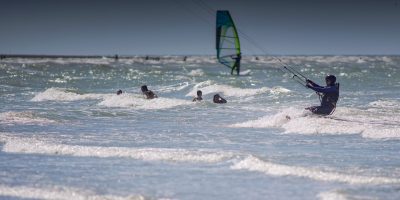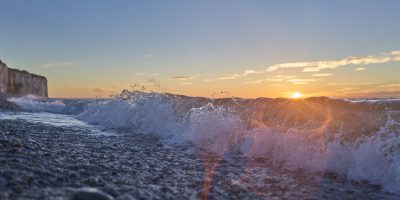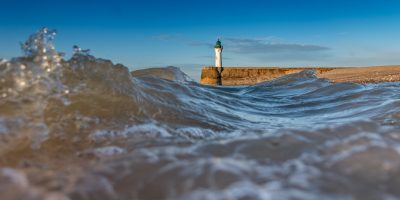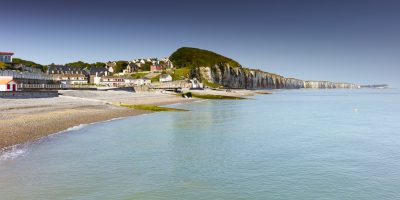Passionate about French history?
Discover the vestiges of the Côte d’Albâtre while walking in a peaceful and natural setting.
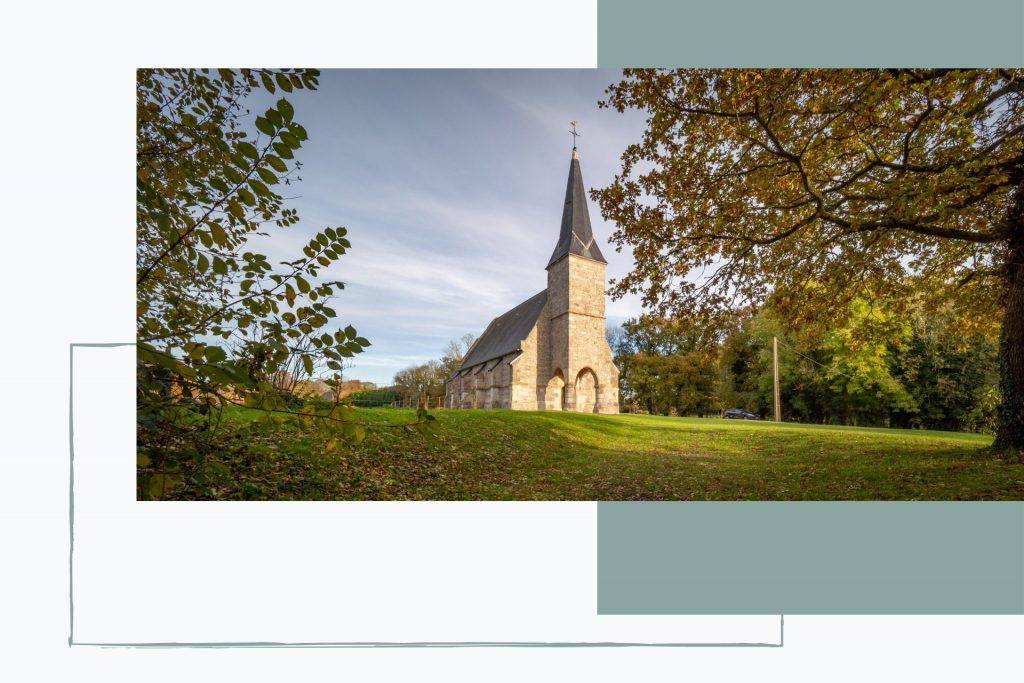
A village, a church …
As you walk through the villages and hamlets, you will come across remarkable churches, sometimes chapels and numerous calvaries. By entering these buildings, you will discover a multitude of details which make the charm and the specificity of the churches of our countryside.
A little history
Destroyed during the Hundred Years War, churches and chapels were generally rebuilt in the 16th century in sandstone. On the wall or in the heart of the cemetery to commemorate the dead, at the crossroads to indicate the route or to recall an event, the Calvaries were sometimes sculpted. This required an important and a great deal of skill from the craftsmen because a few hours after it came out of the ground, the sandstone was too hard to be worked. During the Revolution, a decree imposed the destruction of all signs recalling “slavery and tyranny” (coat of arms, funeral inscriptions, crests, crosses, etc.). Thus, many saw their sculptures erased or were destroyed.
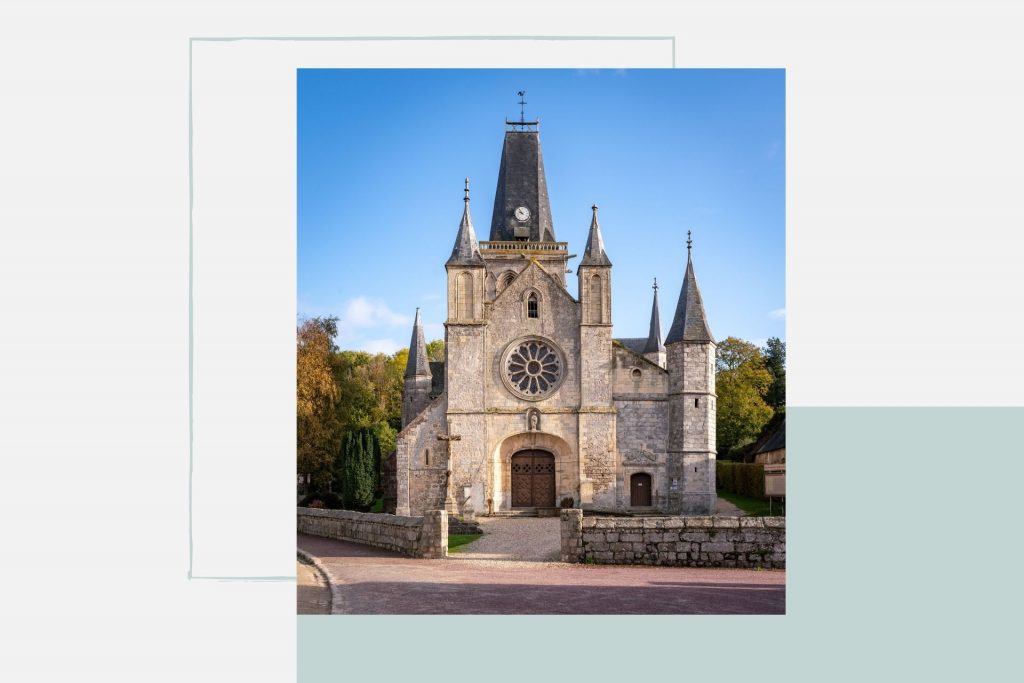
Our religious buildings
Some churches are open every day (except for religious ceremonies). You will often find explanations on the history and the furniture they house (altarpieces, baptismal fonts, statues, stained glass): Blosseville-sur-Mer, Le Bourg-Dun, Hautot-l’Auvray, Veules-les-Roses , Veulettes-sur-Mer, Vittefleur…
